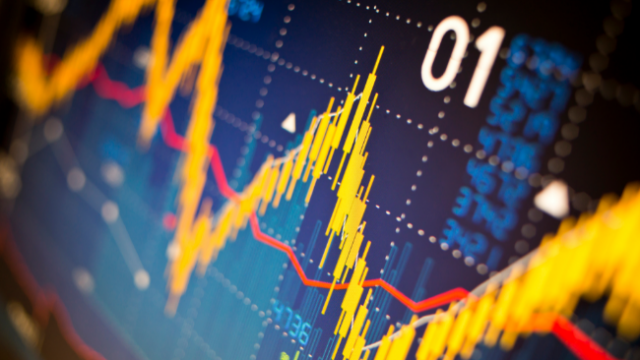Inflation may come down at a faster rate than expected and the impact of China’s reopening will be profound, according to David Dowsett, global head of investments at GAM.
He also described how the foundations of a new landscape for investors were laid out this year as high inflation and rising rates replaced the post-2008 era of easy money.
Inflation may come down at a faster rate than expected as China could begin to scale back its zero-Covid policy and open up its economy.
Uncertain still, but how China positions itself will have a marked impact on the changing picture of 2023.
Global gives way to local
Dowsett said the “brutal year” for financial markets could be categorised by interest rate normalisation and a new phase of global economic interaction.
“This was the year we definitively exited zero interest-rate policy,” he said. “Central bank experimentation that has lasted since the global financial crisis is now a chapter in the history books rather than an ongoing experiment.”
Dowsett added that after a long period of increasing globalisation – arguably lasting from the 1980s up until the pandemic and war in Ukraine – the world is entering a new phase of localisation and regionalisation.
This describes a system with less emphasis on global economics and returns to capital, with greater emphasis on rewarding domestic labour forces and prioritising resilience rather than efficiency.
While a low inflation, low interest rate world looks here to stay, Dowsett said that amidst the volatility and uncertainty good investors could continue to generate alpha for their portfolios.
What to look out for in 2023
Inflation was the watchword in 2022 with consumer price readings often coming in higher than expected. The question now for investors is how quickly it will come down.
In Dowsett’s view, inflation may rescind quicker than people think.
“We might be surprised just in the short term by how quickly the inflation numbers fall off relative to market expectations,” he said.
Additionally, challenges to liquidity, more specifically the withdrawal of global liquidity, will continue to impact markets.
“Global central banks are not only withholding liquidity, they’re also withdrawing it. At the same time investment banks have less market-making capability due to regulatory change.”
Compounding this issue is the growth of shadow banking over the last few years.
“That short-term process of transferring risk amongst counterparties is becoming more stressed and I would look out for more of that on a localised basis in the first half of 2023,” Dowsett added.
Where that will occur is difficult to say but the global head of investments noted that the same re-pricing that has occurred in public market risk this year has not yet happened in the private market.
This week, Blackstone put a limit on redemptions from its private credit fund, highlighting issues in the space.
“That type of repricing is a key area and I see potential liquidity landmines moving forward,” he said.
Uncertainty about the reopening of China
Eyes from the West will be watching to see how the situation in China develops next year as the country strikes a trade-off between Covid cases and economic growth.
“China has been somewhat absent from global markets over past couple of years as an economic force and as it begins to gradually reopen and reintegrate with the global economy, that can change the picture from what we’re used to,” said Dowsett.
This comes as China scaled back some of its more severe Covid protocols, which will allow greater freedom to travel within the country.
He said it may provide a growth impulse to exporters or luxury brands within the developed world.
Alternatively, it may ease some supply chain pressure that the developed world has been facing over the last couple of years.
“I believe that the influence of China, in particular, and Asia more generally on the West will be profound in the first half of 2023,” he said.

















